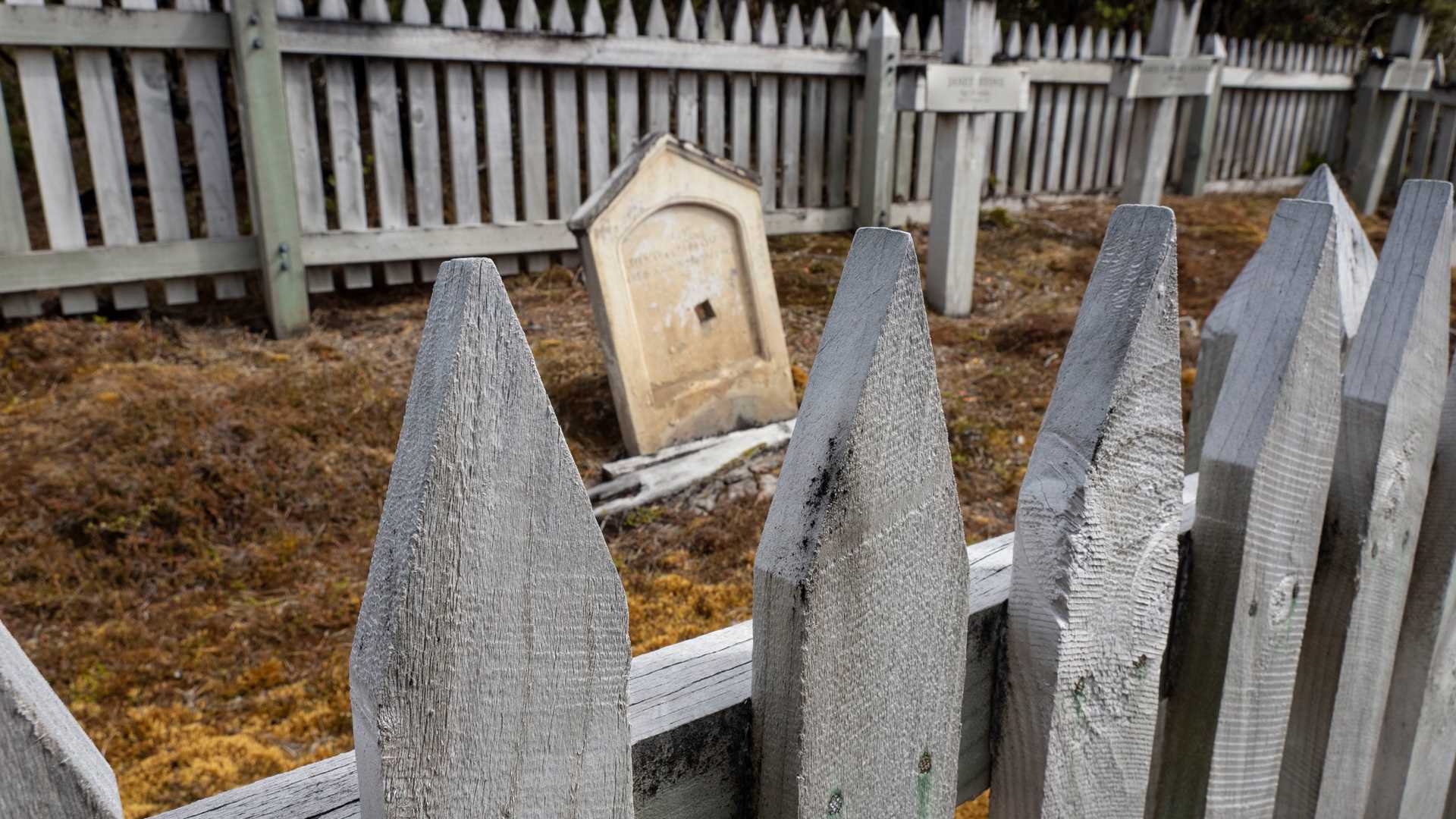Today we got to visit two of the Auckland Islands, Enderby and Auckland. There is a stark contrast between the two. On Enderby, there are no predators to interfere with the native vegetation and wildlife. There we observed one of the rarest penguins on the planet, the yellow-eyed penguin, and one of the rarest sea lions as well, the New Zealand sea lion. On Auckland Island, it is quite a different story. The island was the site of a short-lived agricultural and whaling settlement known as Hardwicke in the 1800s. The island had numerous introduced species. As staff approached the shore to prepare for the arrival of guests today, a sow and her three young piglets were rooting around on the beach. Both islands have much to offer in terms of the cultural aspects at Hardwicke and the wildlife viewing potential on Enderby Island.
1/7/2024
Read
National Geographic Orion
Tauranga Nui ā Kiwa
Our destination today was Rotorua, Bay of Plenty: A neighboring town with rich cultural heritage - Rotorua nui a Kahumatamomoe. Some of the highlights from our visit to Rotorua included the visit to Te Puia. It was exceptional, featuring a comprehensive 90 minute guided tour encompassing the art school, kiwi conservatory, geysers, and captivating stories of Tūtanekai & Hinemoa told through waiata (song). The tour concluded with a scrumptious buffet filled with traditional Māori cuisine, enhancing the cultural immersion. Following our visit, we ventured into the town center to visit the picturesque lake, absorbing the natural beauty and tranquility. We then headed back to the ship to enjoy an educational session with our Underwater Sea Specialist , Gail, who presented an engaging session on kelp, enlightening us with insights into this marine life. The day concluded with the captain’s farewell cocktail hour, a briefing for the following day's activities, and beautiful dinner as customary. Later, we enjoyed the heartwarming film, The Whale Rider, accompanied by delicious popcorn and hot cocoa.







